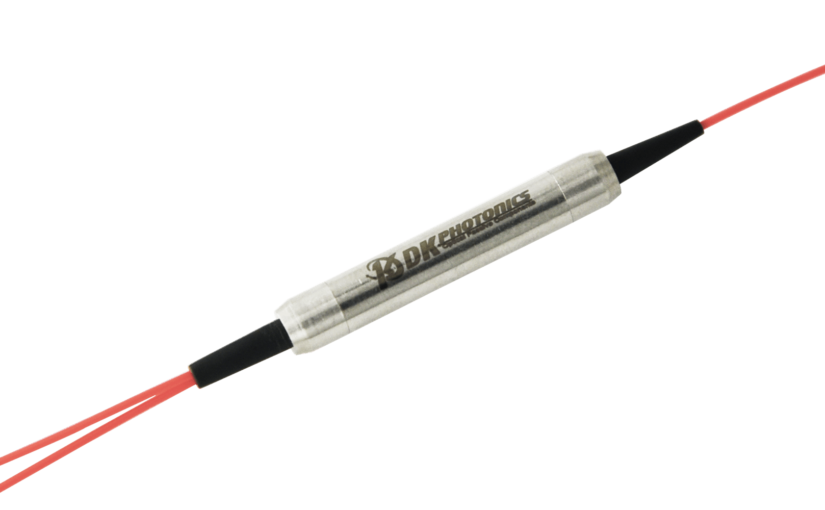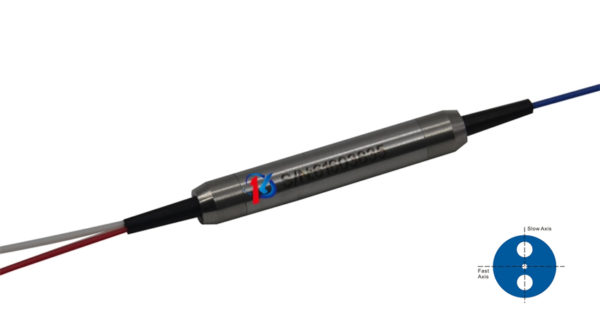As one of the common optical devices, polarizing beam splitters are used to split a single light beam into two beams of varying linear polarization. The devices are useful for splitting high-intensity light beams like lasers. They are very different from absorptive polarizers as they don’t absorb or dissipate the energy of the rejected polarization state.
The polarizing beam splitter plays an important role in the optical world, including telecommunication. But, people using them don’t understand their design. They don’t know how the polarizing beam splitter works.
To understand the design of polarizing beam splitters, there are apps and software available in the market. But, they don’t give much clarity.
In this post, we will try to explain the design of the polarizing beam splitter so that you can use the device in the right way and make the most out of it.
The design of the polarizing beam splitter
The most common design configuration of the polarizing beam splitter is in the form of a cube. The cube design is more valuable than the plate design of the polarizing beam splitter. And there are many reasons for the same.
In the cube configuration of the polarizing beam splitter, there is only one reflecting surface. One reflecting surface of the cube configuration avoids producing ghost images. Also, the translation of the transmitted output beam is quite small compared to the input beam. The small output beam simplifies the process of aligning optical systems.
A closer look at the cube configuration of the polarizing beam splitter is different and complicated. You should read slowly and try to understand all the parts and elements.
A closer look at the cube configuration explained:
The cube configuration of a polarizing beam splitter comprises two prisms, which are positioned at right angles. One prism includes a dielectric coating evaporated on the intermediate hypotenuse surface.
The polarizing beam splitter starts functioning when the light wave enters the cube. As soon as the light wave enters, the coating transmits the portion of the incident wave with the electric field, which is polarized in the plane of incidence and reflects the portion of the incident wave with an electric field that is orthogonal to the plane of incidence. Typically, the experts represent these parts of incident waves by p-polarization and s-polarization.
Use of cube-designed polarizing beam splitters
Due to the dielectric coating, the cube-designed polarizing beam splitters are useful for broadband or tunable sources and selected laser lines. It’s because the dielectric coating can be designed as spectrally broadband or narrowband.
Other than this, these coatings are used in high-power laser applications that feature very large damage thresholds.
Conclusion
To achieve optimal performance of the polarizing beam splitter, you should study its design and make modifications wherever and whenever required. For this, you can seek help from professionals as well.

